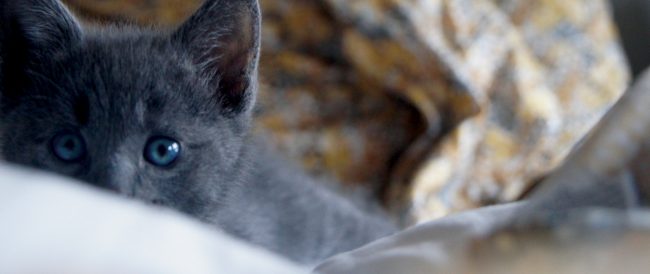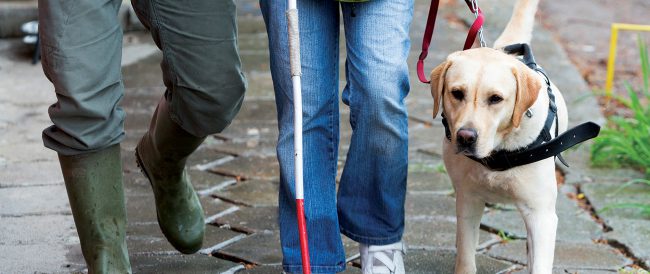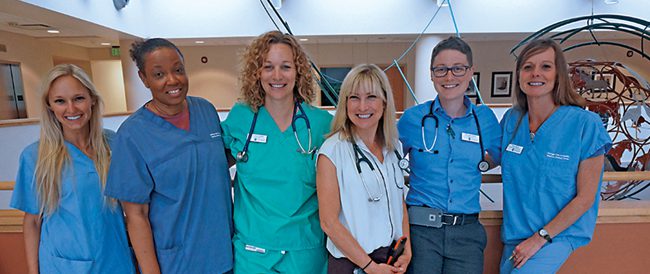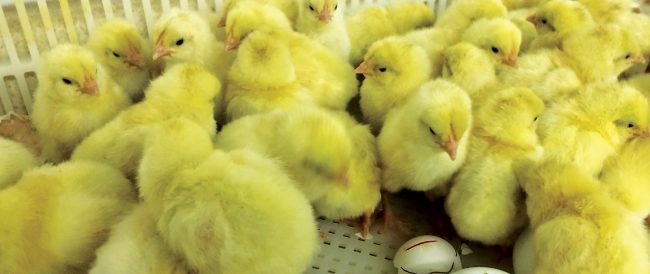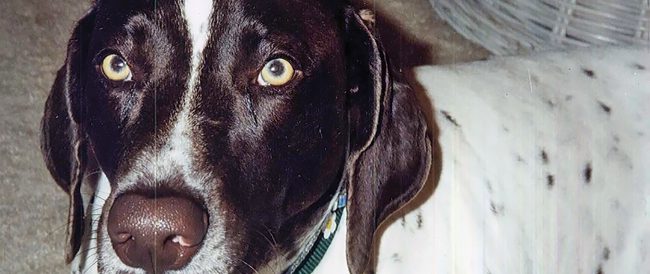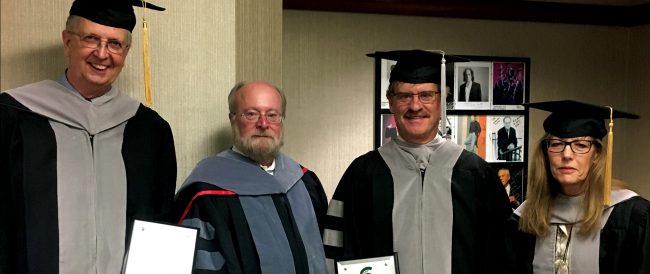 Read More
Read More
By Jamie DePolo
When Claude Bourgelat founded the first veterinary school in Lyon, France in 1761, students studied the anatomy and diseases of horses, sheep, and cattle because of the animals’ importance to the agrarian economy. While shepherds had dogs to help manage their flocks and members of the aristocracy had lap dogs, hunting hounds, and falcons, veterinarians focused on livestock, especially horses, based on the needs of the military and agriculture.
Research on the bond between people and their animals would not be conducted until hundreds of years later. But most experts believe that the human-animal bond was always there, even if people were reluctant to discuss it with their neighbors. Today, that bond, which goes beyond unconditional love and companionship, colors every choice people make for their animals including veterinary care.
Today, that bond, which goes beyond unconditional love and companionship, colors every choice people make for their animals, including veterinary care.
“I’ve been a veterinarian for 29 years,” says Dr. Elizabeth Carr, associate chair and professor for the Department of Large Animal Clinical Sciences. “People have always had relationships with their animals. Maybe in the past, people felt silly saying they had a connection with an animal, but now there is data showing animals can recognize emotions and make decisions; the idea of ‘dumb animals’ is gone. Studies have shown the benefits of having a pet, and veterinary care decisions are based on more than finances. People care about their animals and want to do what they can to put them in the best health.”
The human-animal bond is not just between people and traditional companion animals, such as dogs and cats. People develop relationships with birds, pocket pets, reptiles, and large animals, including food production animals. Many people believe their pets are their soulmates.
“I had a dairy farmer bring a cow in,” says Carr. “He told me, ‘This animal means the world to me. Do whatever you need to do to help her.’ Cost was not really a consideration.”
“While ownership of animals has been ubiquitous in society for centuries, the relationship we have with our pets has certainly changed over time,” says Dr. Kathryn Winger, assistant professor for the Department of Small Animal Clinical Sciences and neurologist at the MSU Veterinary Medical Center. “More and more, pets are thought of as members of the family. The term ‘pet-parent’ has become increasingly popular over the past few years, and there is even a National Pet Parents Day, which is observed on the last Sunday in April. We have never been more obsessed with our pets than we are now. We shop at luxury pet stores for them, practice yoga with them, frequent cafes dedicated to them, and even follow them on social media.”

The American Pet Products Association (APPA) conducts an annual survey on pet ownership. In 1988, the first year the survey was conducted, 56 percent of households in the United States owned a pet. The 2017-18 survey found that 68 percent of US households owned a pet, which translates to about 84.6 million homes.

In the 2009 book One Nation Under Dog: America’s Love Affair with Our Dogs, Michael Schaffer writes: “People have always adored their pets, but a sheaf of survey statistics points to a striking change in what that love means. In 2001, 83 percent of American pet owners referred to themselves as their animal’s ‘mommy’ or ‘daddy.’ The number had been 55 percent as recently as 1995. In 2007, an authoritative survey of pet ownership by the American Veterinary Medical Association (AVMA) reported that half of American pet owners considered their pet a member of the family.”
Other surveys have found that 45 percent of pet owners buy birthday presents for their pets and 31 percent say they cook for their pets.
As the bond between animals and their owners evolves, so does the medical treatment for those animals. Donna Averill, a licensed veterinary technician ophthalmology specialist at MSU, has witnessed that evolution during her 37 years in the profession.
“Thirty years ago, the veterinarian dictated how the animal was treated,” she explains. “Today, it’s more of a partnership. Owners have more information—they search the Internet before they come in—and are taking a more active role in their pet’s care. It’s gone from basic care to, ‘What type of care would I want if I were in that situation?’”

According to statistics from the APPA, people in the United States spent $69.51 billion on their pets in 2017 and are expected to spend $72.13 billion in 2018. More than $17 billion of the 2017 total was for veterinary care and more than $15 billion was for supplies and over-the-counter medical supplies. The organization estimates that veterinary care costs in 2018 will exceed $18 billion.
Pet owners are more likely to spend money on veterinary care for their pets than they are on health care for themselves. A 2016 study conducted by economists at the National Bureau of Economic Research found that pet health care spending increased by 60 percent between 1996 and 2012, while human health care spending increased by 50 percent during the same period.
“The industry is moving beyond simply humanizing pets to where they are now widely accepted as part of the pet owner’s lifestyle,” says Bob Vetere, APPA president and CEO. “No matter the primary cause of increased spending on pets— be it enhanced nutrition, better health care, increased pampering, or greater technology—the one thing we know for sure is that a top priority for pet owners is pursuing longer, healthier lives for their pets.”
“People come in asking for services or treatments for their pets that they’ve had themselves,” Averill adds. “LASIK eye surgery, for example. Dogs don’t read, and dogs don’t drive, so it’s not a procedure that would be beneficial for dogs, but people want to get LASIK done on their dogs because they had it done.”
Trends in human medicine have crossed over to veterinary medicine. Complementary therapies, such as acupuncture, laser therapy, and rehabilitation therapy, are now common at most veterinary practices, rather than being available only at large teaching hospitals. An animal’s quality of life is a priority for most pet owners. Recognizing this, the American Animal Hospital Association (AAHA) and the American Association of Feline Practitioners issued pain management guidelines for dogs and cats in 2007, and updated the guidelines in 2015 after advances were made in pain management for companion animals.

“Pain management is central to veterinary practice, alleviating pain, improving patient outcomes, and enhancing both quality of life and the veterinarian-client-patient relationship,” the authors write.
“In the past 10 years, quality of life and pain management have become much more important in veterinary medicine,” Carr says. “We are much more focused on making the animals more comfortable and less stressed. To that end, there often will be a buddy goat that comes to the Hospital with a sick large animal to keep it calm and ease its stress. We also have other horses in the stalls surrounding a sick horse. It’s all to maintain the animal’s quality of life.”
“The relationship people have with their pets can absolutely have an impact on veterinary care and the animal’s quality of life,” Winger adds. “Regardless of whether a pet is for companionship or is a working animal, a stronger bond tends to increase responsible ownership practice. Not only are these owners more committed to providing routine health care, they are more apt to recognize subtle changes in their pet’s routine and seek veterinary attention sooner when illness is present. This can lead to earlier diagnosis, and in many cases, a better outcome.”

Partially because of this commitment to routine care, animals are living longer. A few decades ago, a dog or cat that lived to be 8 or 10 was considered old. Today, veterinarians routinely see animals that are 15, 16, and 17 years old. This means diseases that are diagnosed infrequently in younger animals, such as cancer, are being diagnosed more often. According to the National Cancer Institute, approximately 6 million dogs and 6 million cats are diagnosed with cancer each year. The AVMA says about 1 in 4 dogs will develop neoplasia, the uncontrolled growth of cells or tissues in the body, which can be benign or malignant. Almost half of dogs older than 10 will develop cancer.
In the past, a cancer diagnosis usually meant the animal would be humanely euthanized. Today, the same diagnostics and therapies used to treat people with cancer are available for pets, and people are asking for these services. In 2006, the American College of Veterinary Internal Medicine had 175 board-certified veterinary oncologists. In 2017, the number more than doubled, increasing to 409. In 2016, the AAHA released oncology guidelines for dogs and cats.
“Regardless of whether a pet is for companionship or is a working animal, a stronger bond tends to increase responsible ownership practice. Not only are these owners more committed to providing routine health care, they are more apt to recognize subtle changes in their pet’s routine and seek veterinary attention sooner when illness is present. This can lead to earlier diagnosis and, in many cases, a better outcome.”
— Dr. Kathryn Winger
“All companion animal practices will be presented with oncology cases on a regular basis, making diagnosis and treatment of cancer an essential part of comprehensive primary care,” the experts write in the guidelines’ abstract. “Because each oncology case is medically unique, these guidelines recommend a patient-specific approach consisting of the following components: diagnosis, staging, therapeutic intervention, provisions for patient and personnel safety in handling chemotherapy agents, referral to an oncology specialty practice when appropriate, and a strong emphasis on client support.”
“People come to MSU because they know we offer more aggressive and specialized care,” Carr says. “We have advanced imaging, such as computed tomography (CT) scans, magnetic resonance imaging (MRI), as well as 24-hour intensive care support.”
“The triad of veterinary care, considered to be the relationships between an owner, primary care veterinarian, and veterinary specialist, has become commonplace,” Winger says. “The number of veterinary specialists available to owners is growing annually. While advanced diagnostics, such as MRI, and neurosurgery, were once considered a luxury, these now make up our daily practice. Most owners come to our Hospital expecting comprehensive care analogous to what human medical centers have to offer.”

While it may seem logical that “expensive” animals—a champion stud horse or a best-in-show winning dog—would be more likely to receive the best veterinary care available, the experiences of Carr, Averill, and Winger challenge this idea.
“In my experience, there does not seem to be a relationship between the cost of an animal and the desire to pursue specialized care,” Winger says. “In fact, it is sometimes the rescue animals with the wildest origin stories that we connect with and invest in the most.”
“People think of their pets as part of their family,” Averill adds. “Pets become the child, or the spouse, or the replacement spouse. People want the best care for them, just as they would for any member of their family.”
“We all need to be needed; we need validation, and we need positive interaction,” says pet owner Barbara Carleton in response to a story and questions about how much people would spend on their pets in the New York Times. “We may or may not be getting these things from our ‘people sources,’ but it never hurts to increase our ‘I am valuable pool’ by having pets who give us these things. Our pets love and don’t judge. They are not shy about saying so. They forgive without reservation. We feel good when basking in the sunshine of our pet’s devotion to us. And we all need to feel good.”
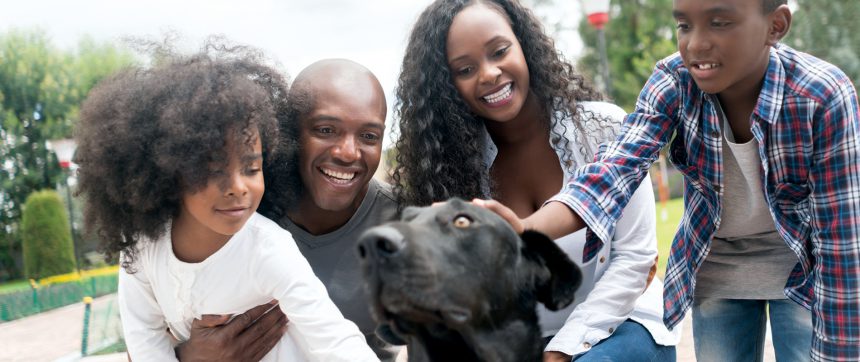
A 2011 survey conducted by Harris Interactive found that 68 percent of dog owners said they would maintain spending on pet health, regardless of any economic downturns. For some perspective, spending on Mother’s Day decreased by 10 percent when the economy slowed down, prompting some market watchers to question whether dogs had become more recession-proof than mothers.
“I will do for my dogs precisely what I would do for myself or a family member: the calculation is not cost-based, but depends on what quality of life can be anticipated,” says pet owner Susan B. in response to a story and questions about how much people would spend on their pets in The New York Times. “As a graduate student, I took out an extra credit card to treat my dog’s breast cancer, and never had a single regret.”




